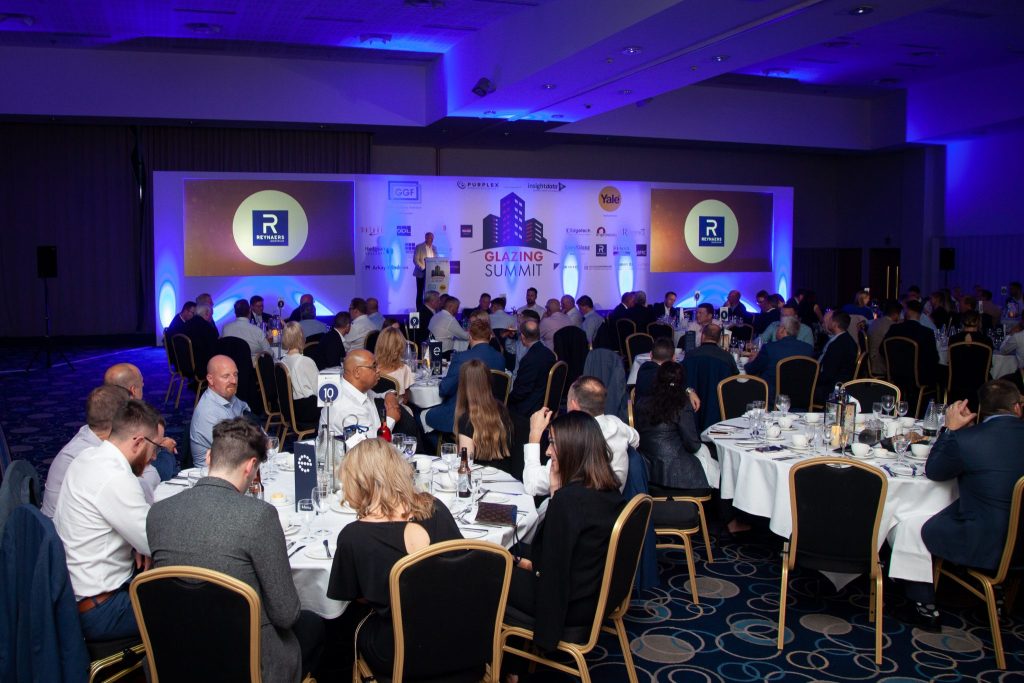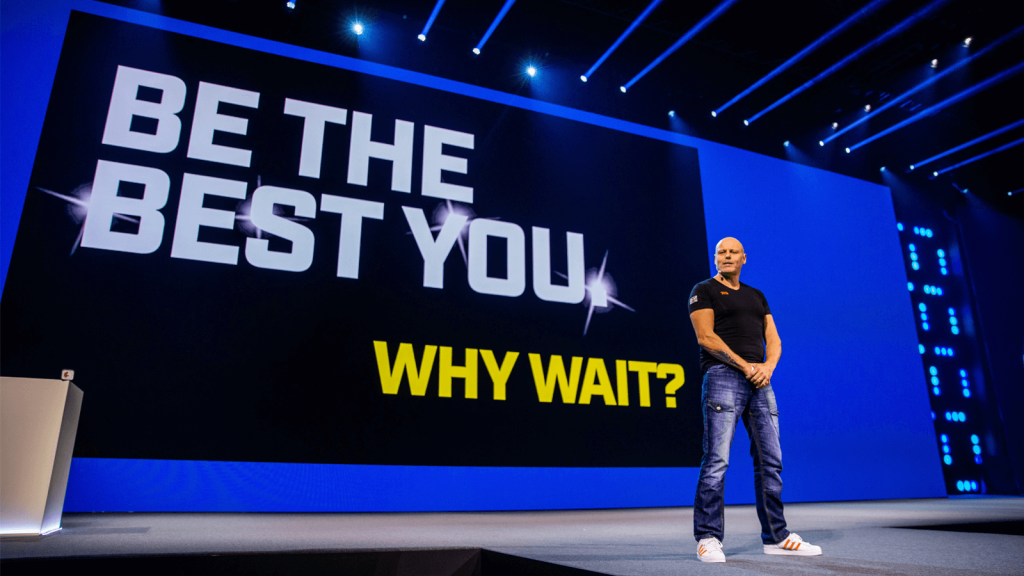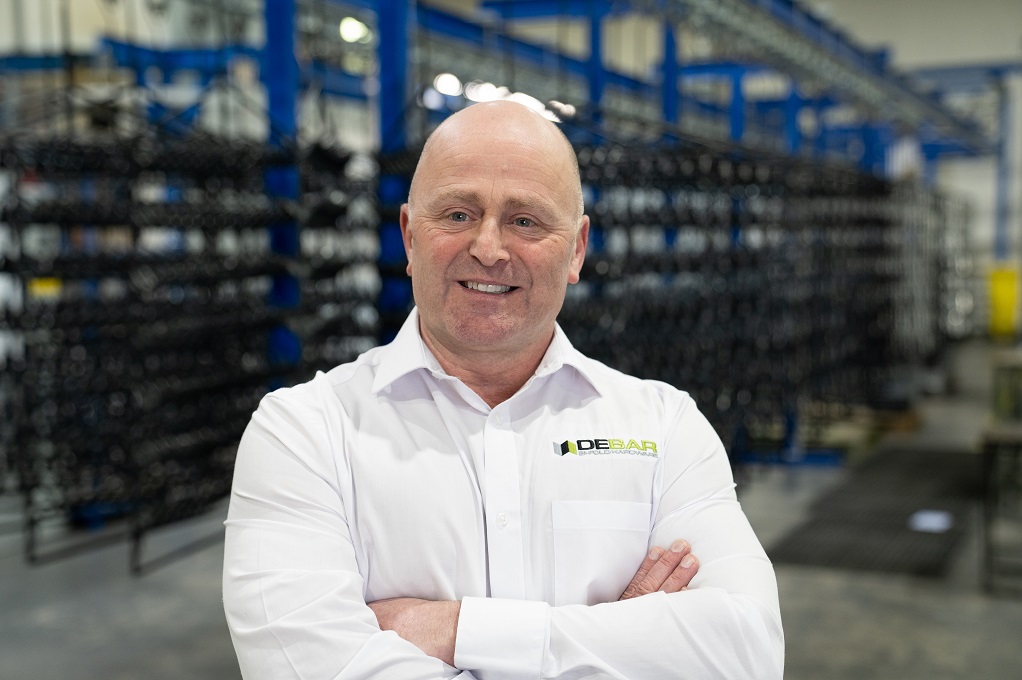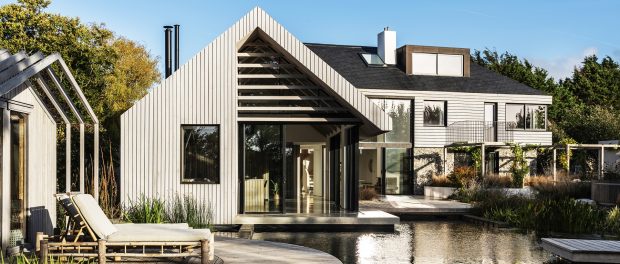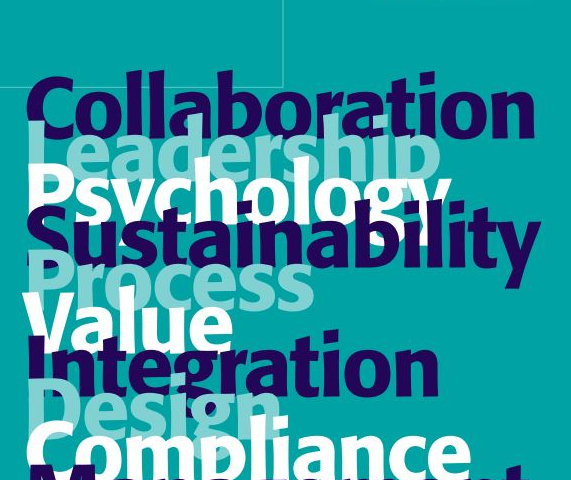Concrete evolution?
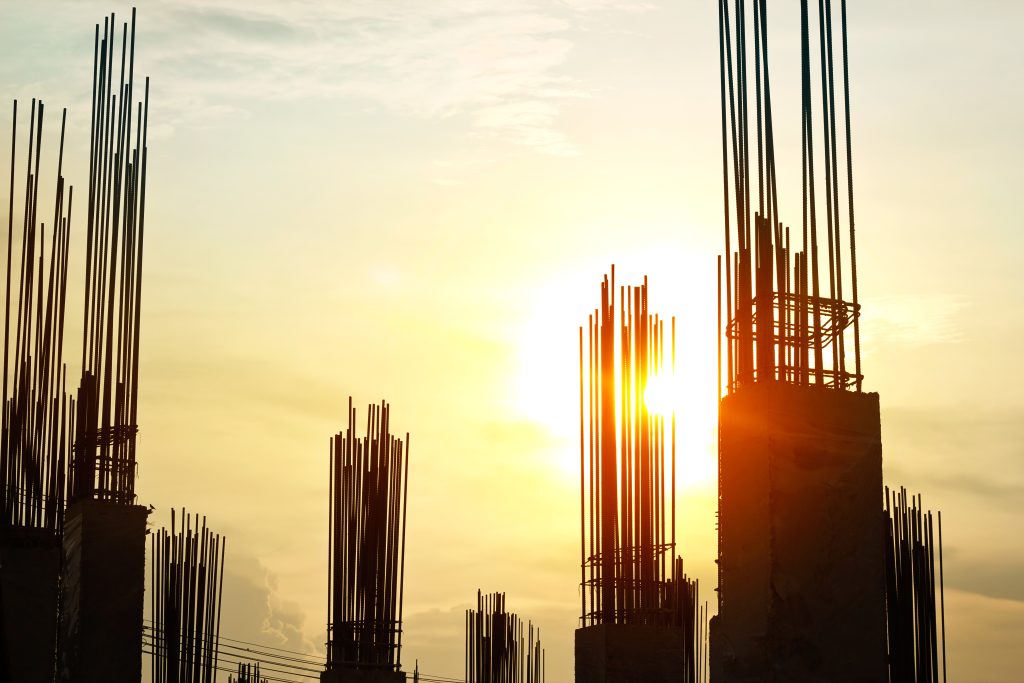

A resurgence in growth in the construction industry should be a reason to cheer, but the detrimental impact it will have on the environment should equally be a cause for concern.
According to the UK Green Building Council, the industry uses more than 400 million tonnes of material a year, much of which has an adverse impact on the environment. And with the threat of global warming constantly looming, managing and reducing this material is becoming more and more important.
With the government planning to build around 300,000 new homes a year and striking an agreement with the UK construction industry in a deal, which aims to halve greenhouse gas emissions in the built environment over the next seven years, the pressure is mounting to build in a more environmentally friendly way.
And as a vital part of the construction sector, the building products industry has an important part to play in the increasing fight to reduce the world’s carbon footprint.
Concrete is one of the most commonly used and versatile materials on the planet and is used in everything from buildings and walls to roads, paths and bridges. But, it is only when in its most natural state that it could be described as environmentally friendly.
The industrial extraction of the materials, the mixing and the application of concrete are where the damage to the environment arises and research shows that building materials such as concrete are directly responsible for large quantities of CO2 emissions.
Environmentally friendly
It’s why we are so passionate about remaining at the forefront of our industry by using environmentally friendly techniques and constantly pursuing the latest technology to help reduce concrete’s CO2 levels.
The good news is, concrete is evolving, with new products coming onto the market with environmental and sustainability benefits.
Using ready-mixed eco concrete is a way of limiting the impact on the environment and can help construction companies meet current and future green agendas.
When extracting materials from the earth, it’s imperative to do so in a responsible way and eco concrete mixes use recycled and sustainable raw materials that are high quality carefully graded products, sustainably sourced from ethically managed quarries. In the future, I believe that all concrete will be produced the ‘eco’ way.
There are, however, environmental and sustainable benefits to concrete too. It can be used to provide excellent thermal performance, creating well insulated and airtight buildings. It can also help reduce heating costs as in the winter, concrete warms up during the day, and by the evening it continues to heat the internal spaces.
Not only is concrete adaptable but it is also incredibly durable and creates structures that are built to last. It can stand up to the harshest of weather conditions, and requires little or no maintenance. So, in this respect it reduces construction waste, which is hugely beneficial for the environment.
Carbon reduction is a complex challenge, and companies in the construction and building products sector are starting to use more environmentally-friendly methods – but we could all do more.
I strongly believe the government needs to put more measures in place to ensure new-builds are produced with a percentage of recycled materials and eco-friendly processes. With government backing, I believe the building of sustainable and eco-friendly homes could be the contributing factor to reducing the worlds carbon footprint.















